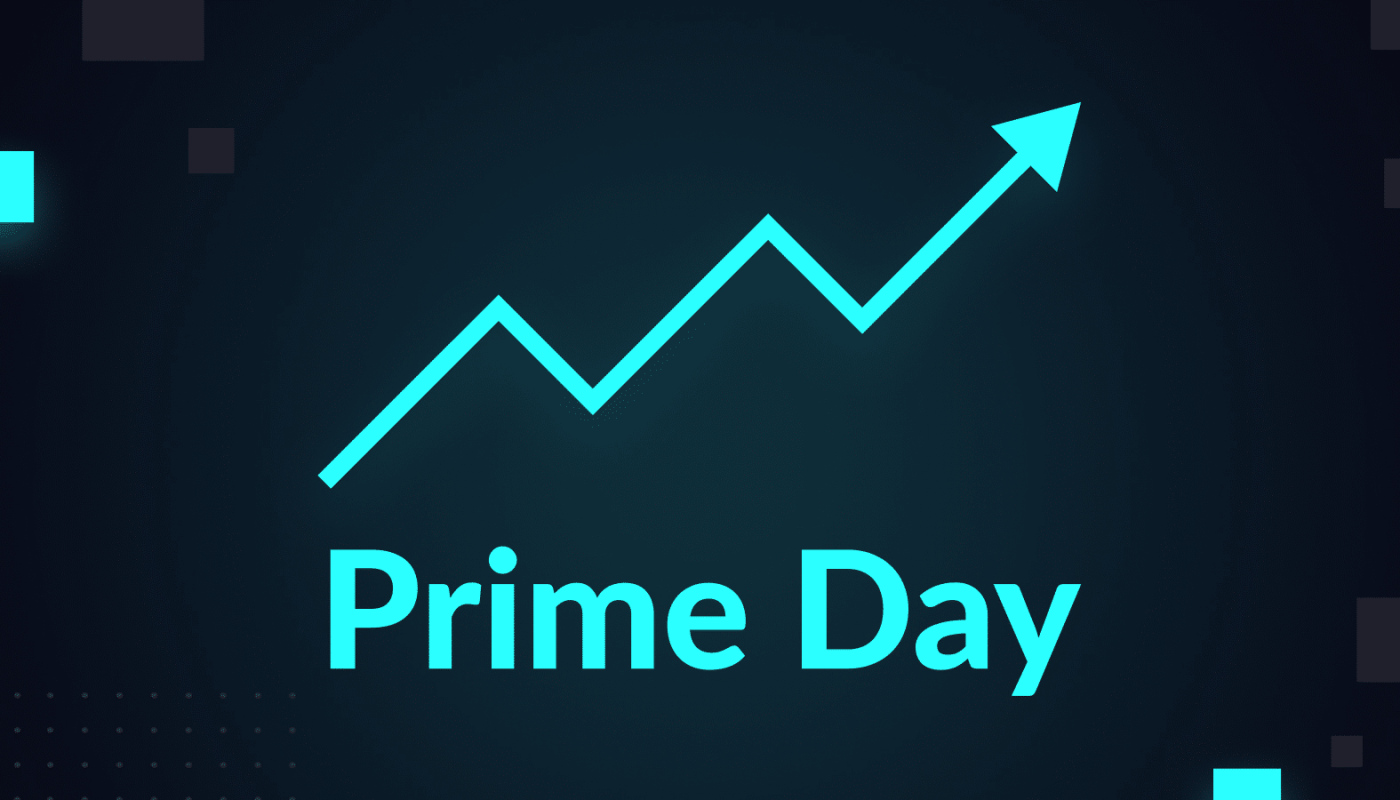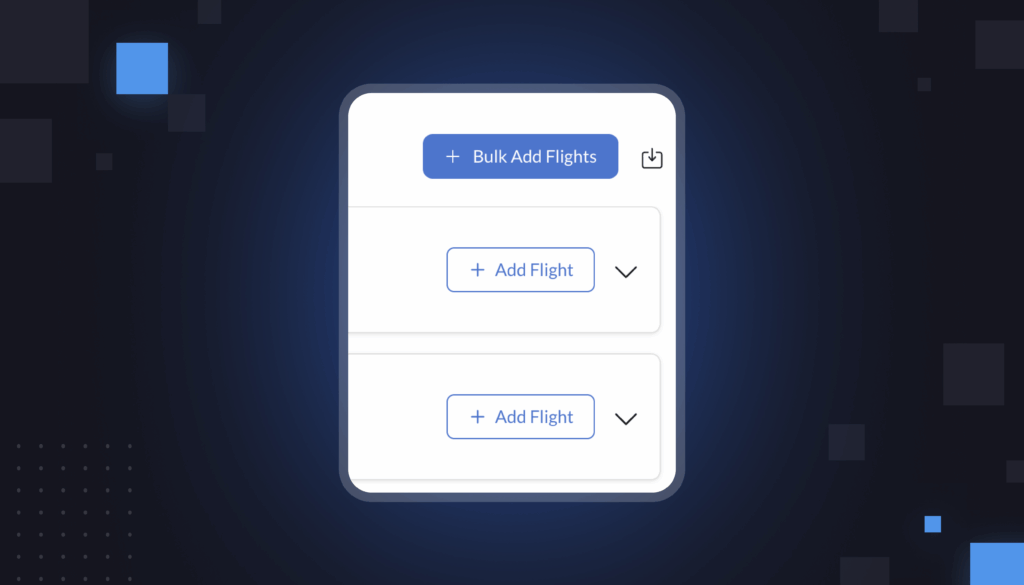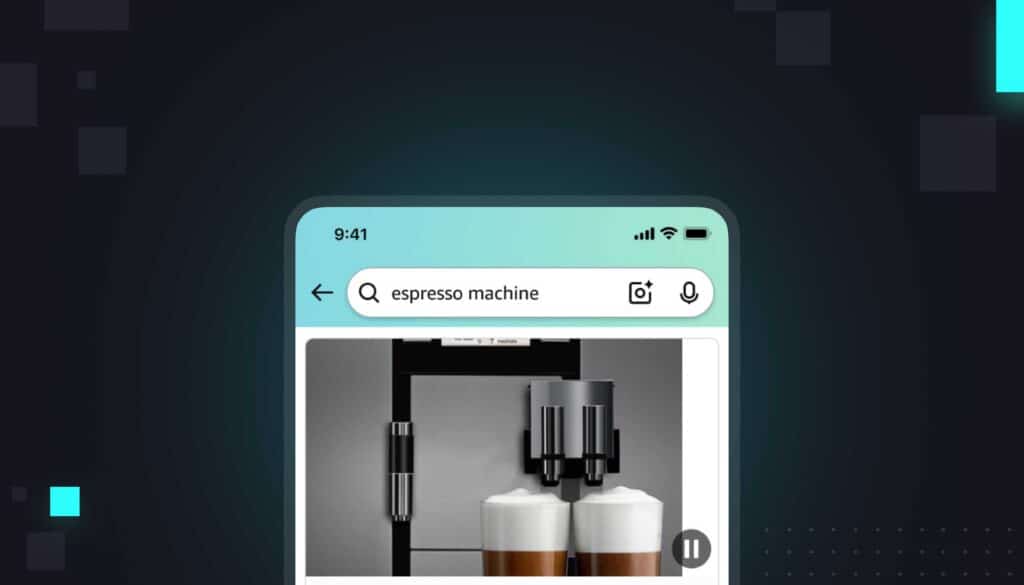For most brands, Prime Day is their highest traffic day of the year. Intentwise users usually see around 3x higher traffic during Prime Day than on the typical shopping day.
That means, in the leadout of Prime Day, you have just exposed far more people to your product than at any other point in the year.
This is true for pretty much everyone. Even if running deals on Prime Day wasn’t a priority for you, you likely saw an increase in impressions during the event.
So how do capitalize on the momentum in the weeks following Prime Day?
Here’s our brief guide to your Prime Day data. We’ll cover the best strategies for re-targeting Prime Day shoppers in a cost-effective way, plus the marketing lessons from Prime Day that you can carry forward for the rest of the year.
How should I re-engage shoppers after Prime Day?
These next few weeks are going to be crucial for re-engaging your Prime Day shoppers.
Re-targeting should be a priority: 60% of shoppers never return to a brand if they’re not re-targeted in 30 days.
So if you don’t harness all the extra traffic over the next month, you risk losing a customer.
That said, you don’t just want to re-target just everyone who saw your product.
The trick is to re-target your shoppers strategically, and with an eye toward cost efficiency. Here’s what we recommend.
Think about off-site ads. An often-overlooked aspect of Prime Day is that it brings a lot of shoppers to Amazon who don’t typically buy there.
A lot of shoppers come to Amazon on Prime Day because they’re seeking a deal. Sure, they have Prime accounts, but maybe they aren’t heavy spenders on the platform.
They therefore might not return to Amazon in the lead-out period. That’s why, as a brand, you want to be sure you’re running ads off of Amazon.
You can do this through Sponsored Display ads, which really shine in the lead-out of Prime Day.
Activate an audience of people who viewed your product in the last several days or weeks. (You can set it depending on how long ago you started your Prime Day campaigns.)
Or, if you’re a DSP spender, DSP ads are even better for off-site targeting as well. DSP ads allow you to re-target a specific date range of viewers.
To save money, be sure to exclude people who already purchased a product. Similarly, you can also go after shoppers who viewed your competitor ASINs and who didn’t purchase by uploading a list of your competitor ASINs.
Bid boost on Sponsored Ads. Through Amazon Marketing Cloud, you can create an audience of shoppers who viewed your product or who added it to cart during Prime Day.
Export that audience, and then bid up when one of those shoppers bids on a relevant term.
Be sure to prioritize bid boosting only on your top search terms. If you’re a headphones brand and comfort is your standout quality, advertise on comfort-related search terms.
If portability is your weak spot, don’t bother bid boosting on those terms.
Want to differentiate between deal and non-deal ASINs while you create audiences? While AMC doesn’t automatically flag differences between deal and non-deal products, if you upload a list of deal ASINs to Intentwise Explore, our software can group them for you.
How do I know when re-targeting is worth it?
Some brands understandably fear that Prime Day shoppers are fundamentally less valuable to them than typical shoppers.
To some extent, this is true: we’ve found that the lifetime value of Prime Day shoppers is about 10% lower than for the typical shopper.
But that is a relatively small lifetime value decrease in the grand scheme of things.
To get a clearer sense of how valuable re-targeting is to you, we recommend the following.
Track purchase rate increases. You can use your AMC data to measure exactly how much re-targeting spend is worth it.
In AMC, create a report mapping how purchase rate increases when someone views a product for the second time. If there’s a big increase, then that’s your green light to spend a good amount of budget on re-targeting.
If the increase is quite small, then maybe narrow down how much re-targeting you do after Prime Day.
Make sure your AMC audience is big enough. While we talk often about the benefits of AMC audiences, you should really only bother with bid boosting if your audience pool is big enough to make a dent.
If you’re going after shoppers who viewed your product during Prime Day, make sure that pool is far above the 2,000 shopper minimum.
Otherwise, you will be bidding up on such a tiny shopper group that you likely won’t see any material impacts of that audience.
What lessons can I learn from my Prime Day data?
The leadout to Prime Day is an essential moment to take stock of which marketing tactics and which didn’t.
Use those insights to refine your strategy during Fall Prime Day and Black Friday/Cyber Monday later this year.
AMC is the ultimate platform on the market for auditing your campaigns and tracking what really worked. We recommend three reports in particular:
Performance by path to conversion. With a single AMC query, you can see how your purchase rate varies based on the path that a shopper took to purchasing your product.
By how much did that re-targeted ad lift your sales? How did the type of ad that shoppers saw impact the sales lift?
You can also identify your most effective and least effective paths to conversion. Isolating these will tell you a lot about how you should allocate your ad spend next time.
Drop the paths to conversion that aren’t working, and focus on the ads that seem to significantly increase purchase rate.
First-touch attribution. Especially when you’re considering re-targeting, it’s important to think beyond Amazon last-touch attribution.
AMC lets you switch to first-touch attribution, which means you can track the conversion rate and total sales to the ad campaign that the shopper saw first.
First-touch attribution helps you figure out which campaigns are the best at identifying and engaging prospective shoppers.
Search Query Performance report. We’ve talked a lot about the power of SQP data lately, and that is because it’s easier than ever to access through Intentwise.
SQP gives you a great sense of how you fared during Prime Day in the broader context of the market.
The SQP reports lets you see, for each of your keywords, your share of impressions, share of add to cart, and purchase share.
We recommend comparing your Prime Day market share to your market share before the deal period began.
Then, ask yourself: Which keywords saw the biggest boost during Prime Day? Those are the places where your marketing campaigns were likely most effective.
Or: Where was your purchase share higher than your impression share? That’s a high-converting keyword that you want to spend on more in the future.
The reverse is true, too. If you have a high impression share but low sales, that’s a keyword that you’re overspending on.
We also recommend layering in Share of Voice data, so you can see how your organic and paid ranks impacted those market share percentages.
If your impression shared dropped significantly on a few keywords, maybe that is because your competitors focused heavily on advertising on those key terms.
Next time, you might want to defend those keywords more strategically—especially if they usually perform well for you.




